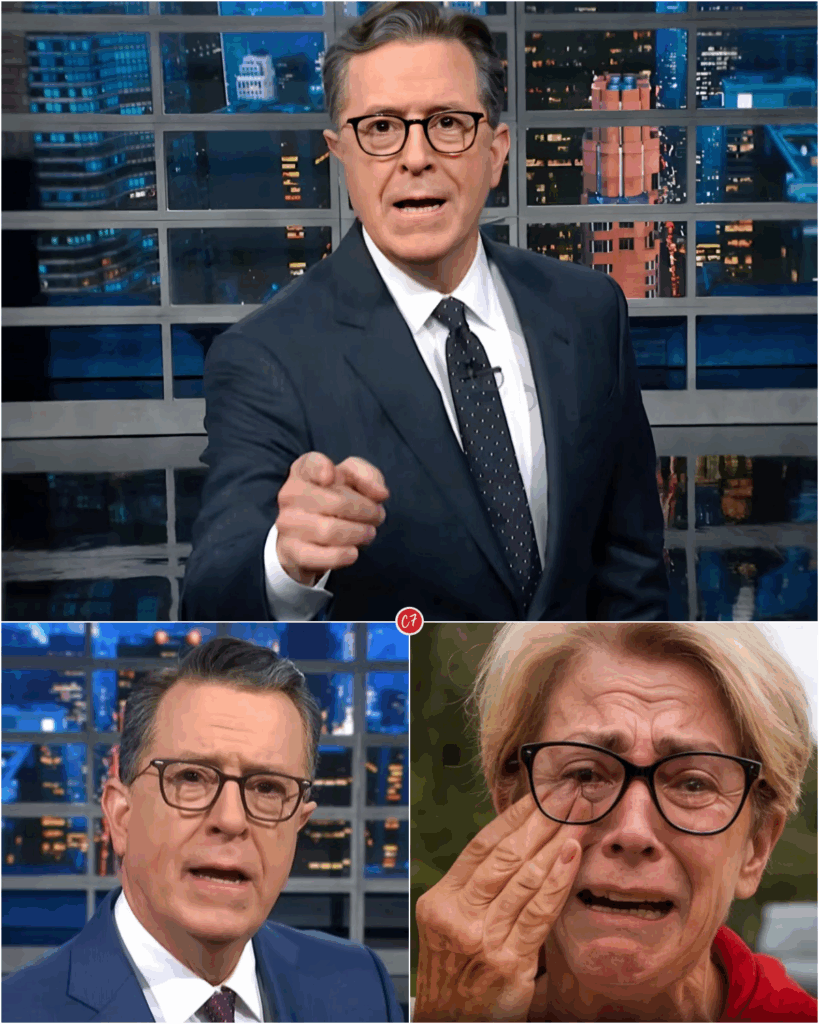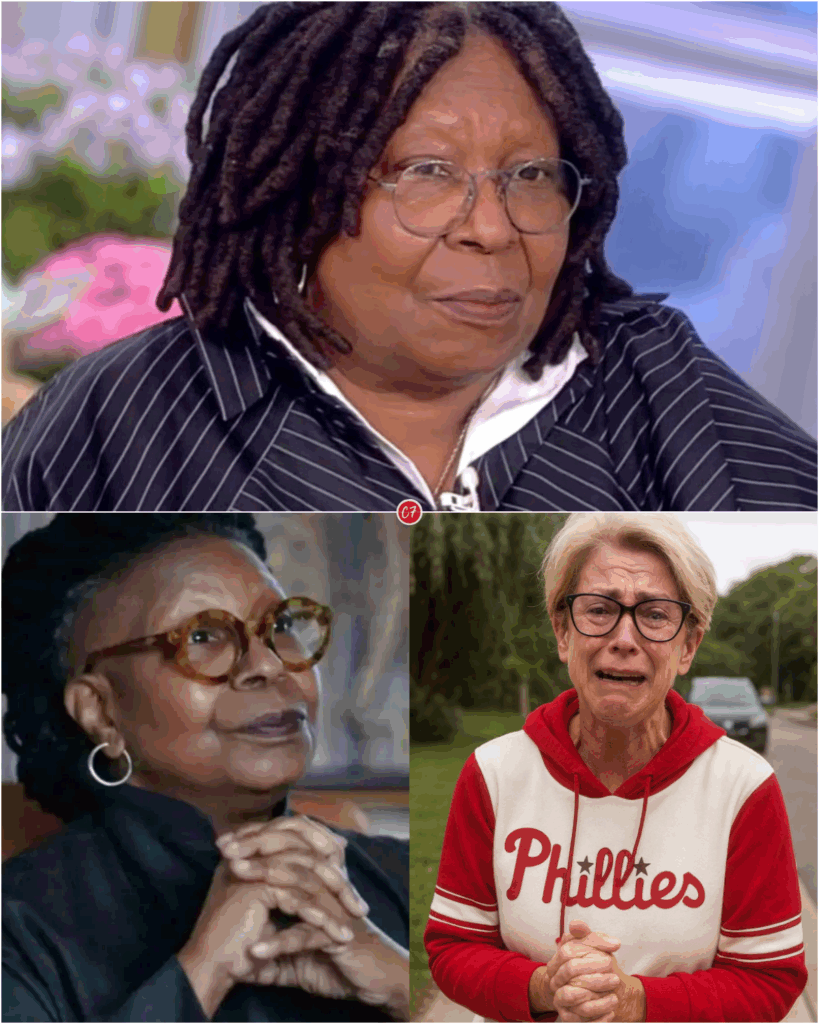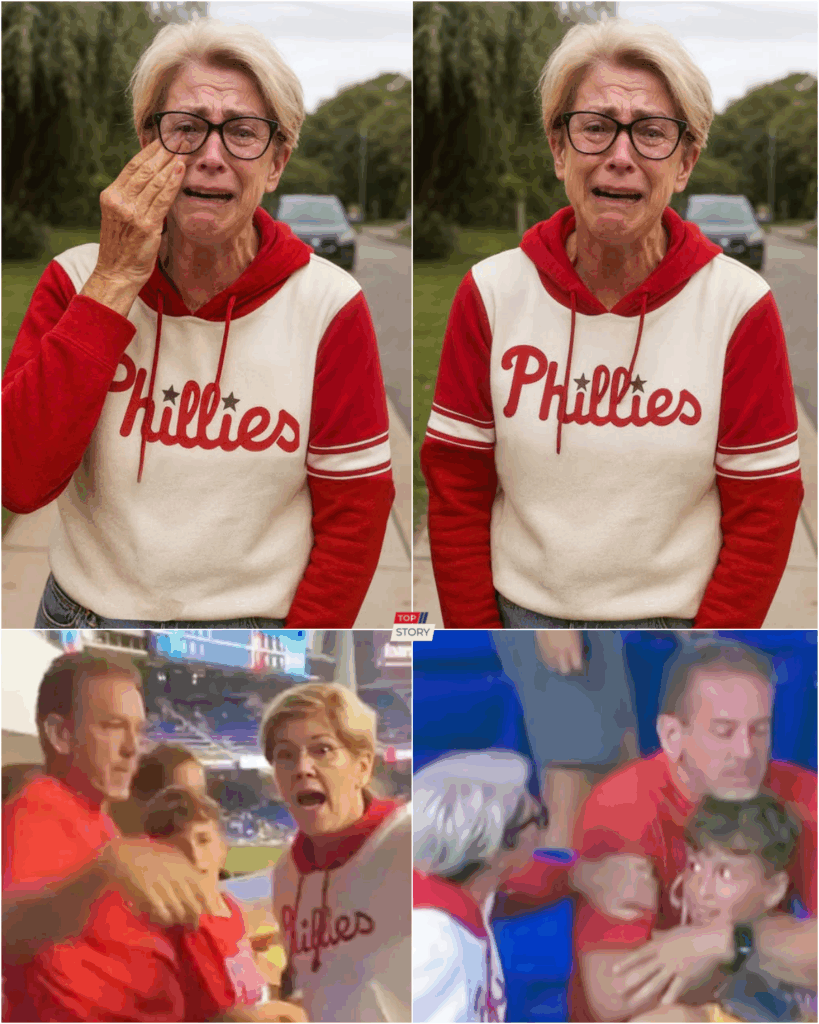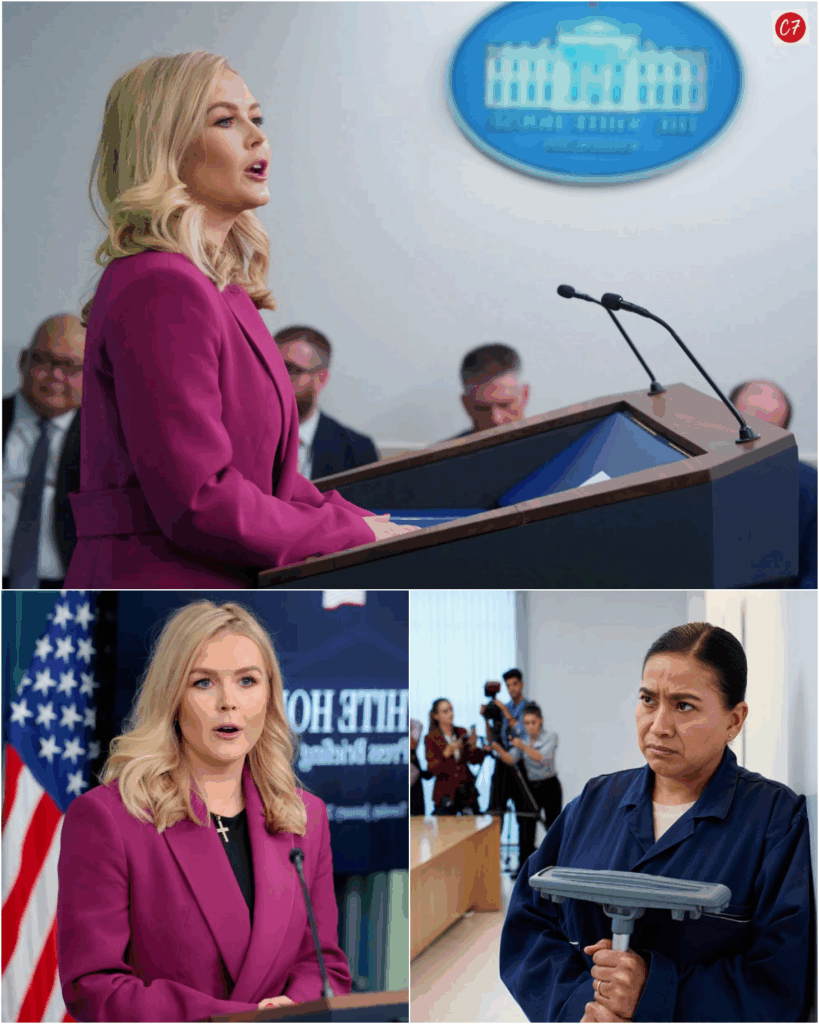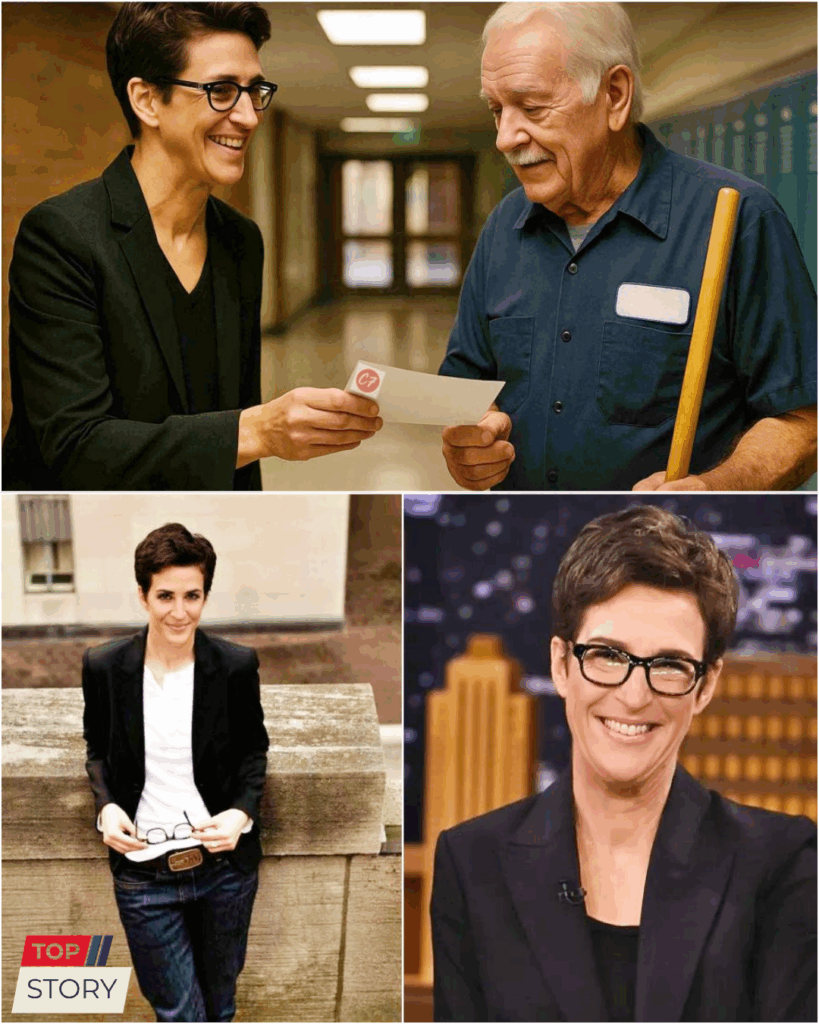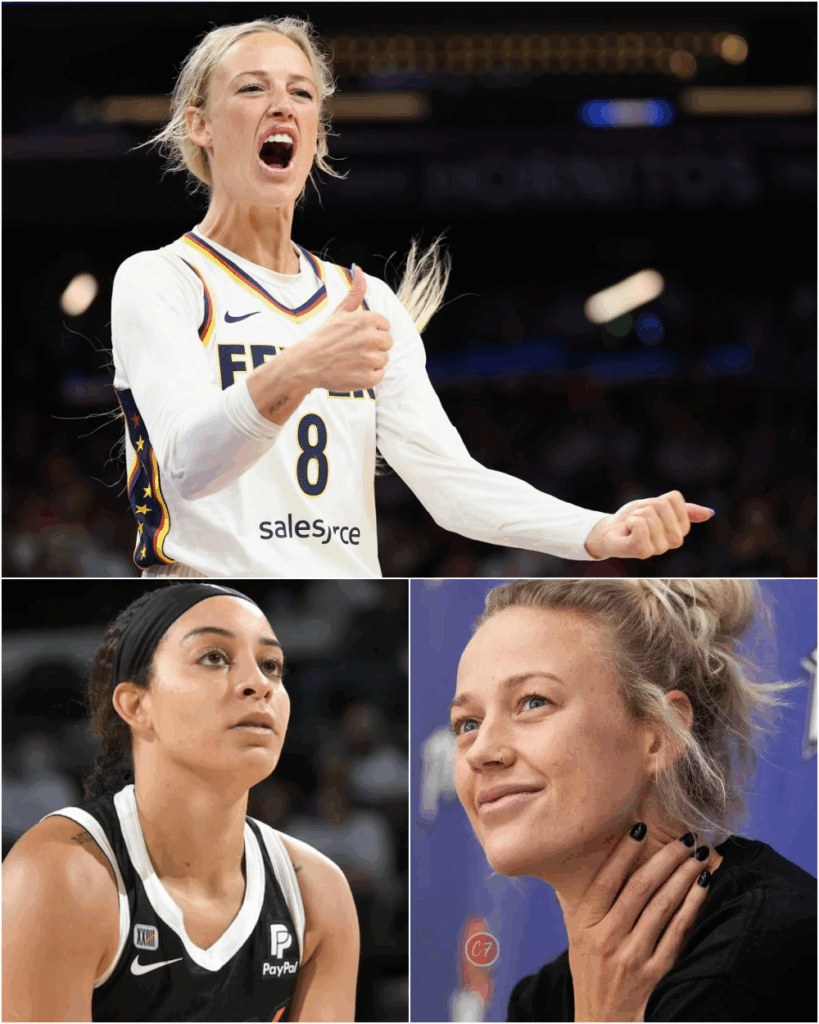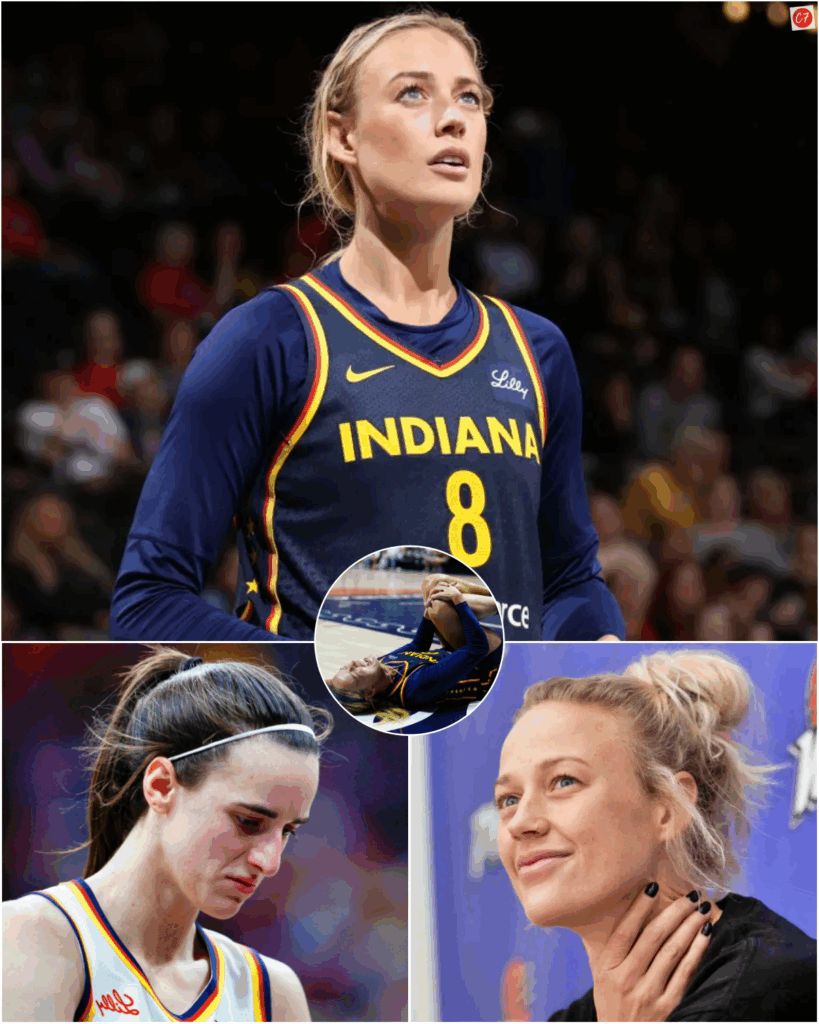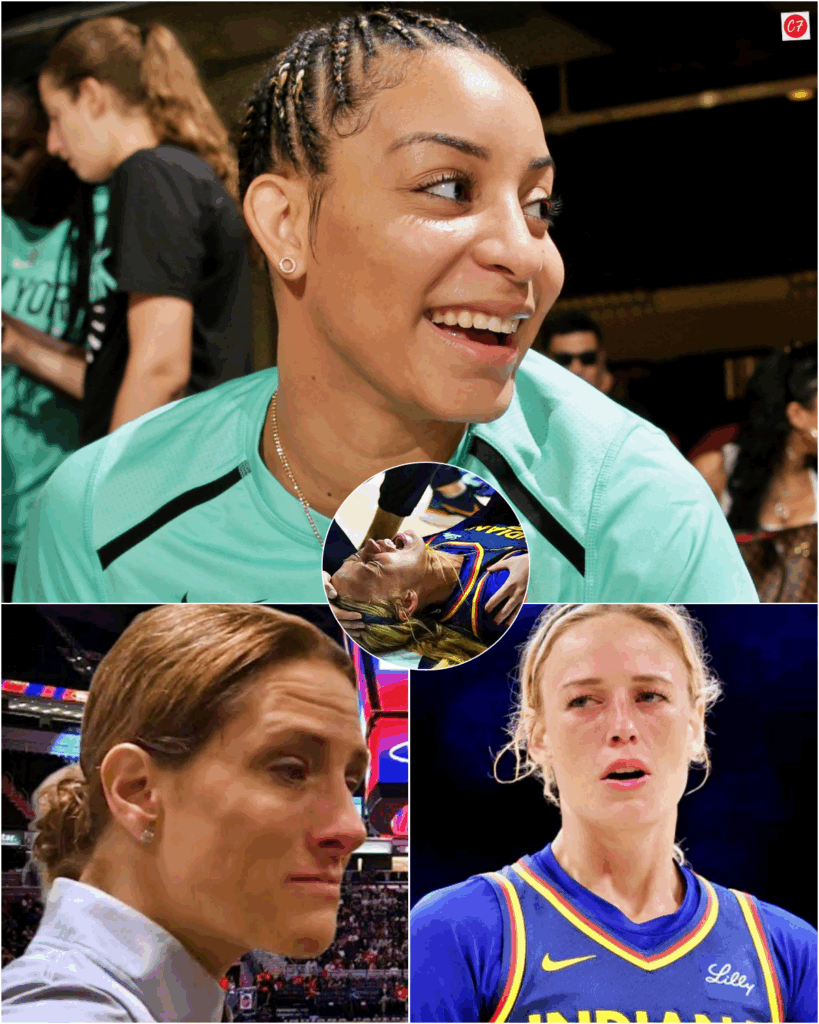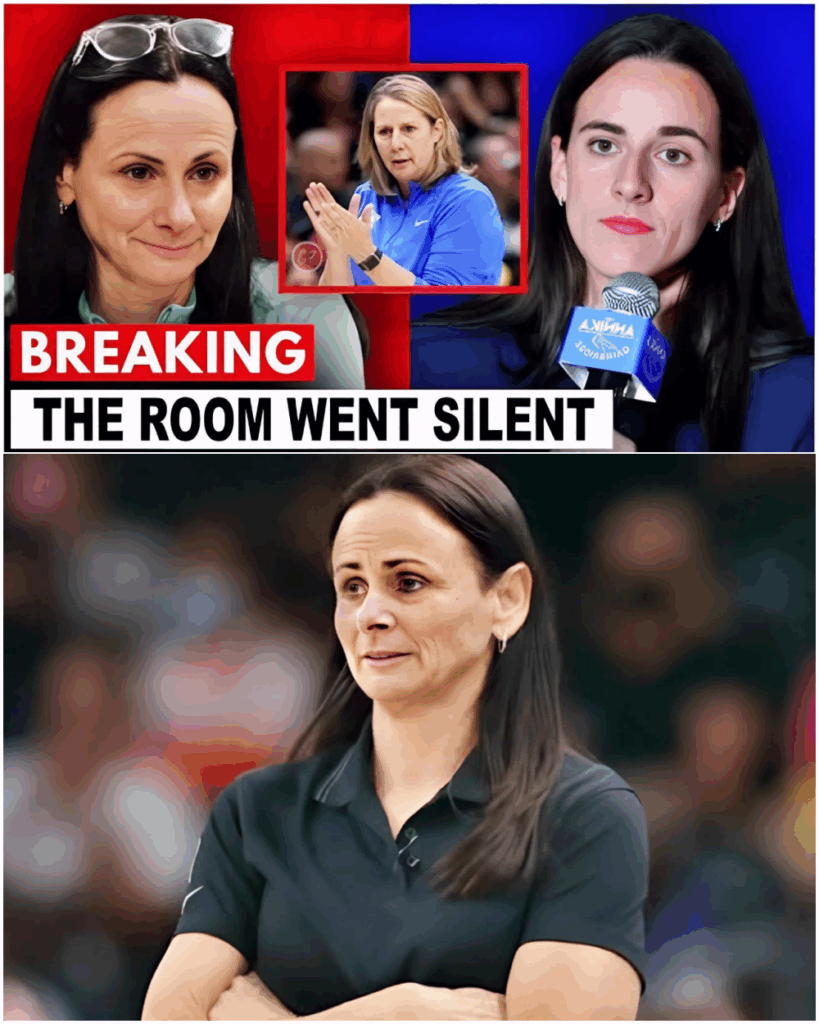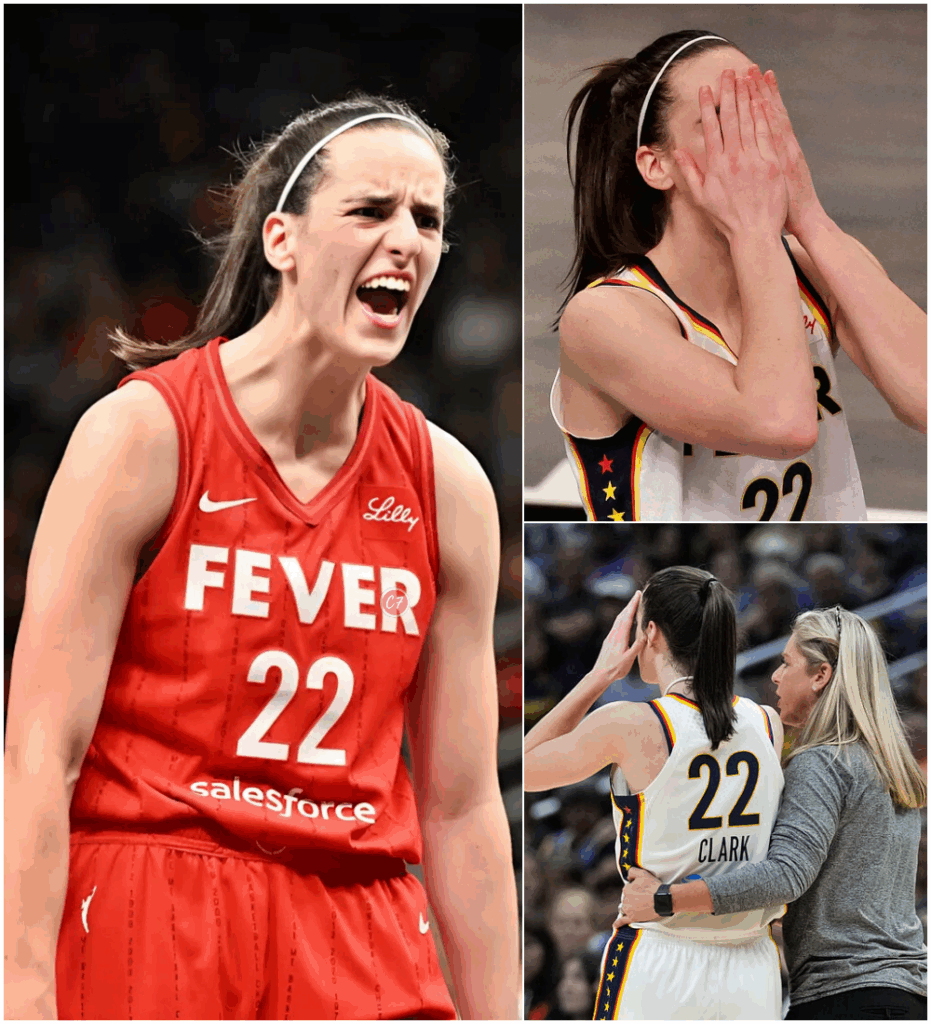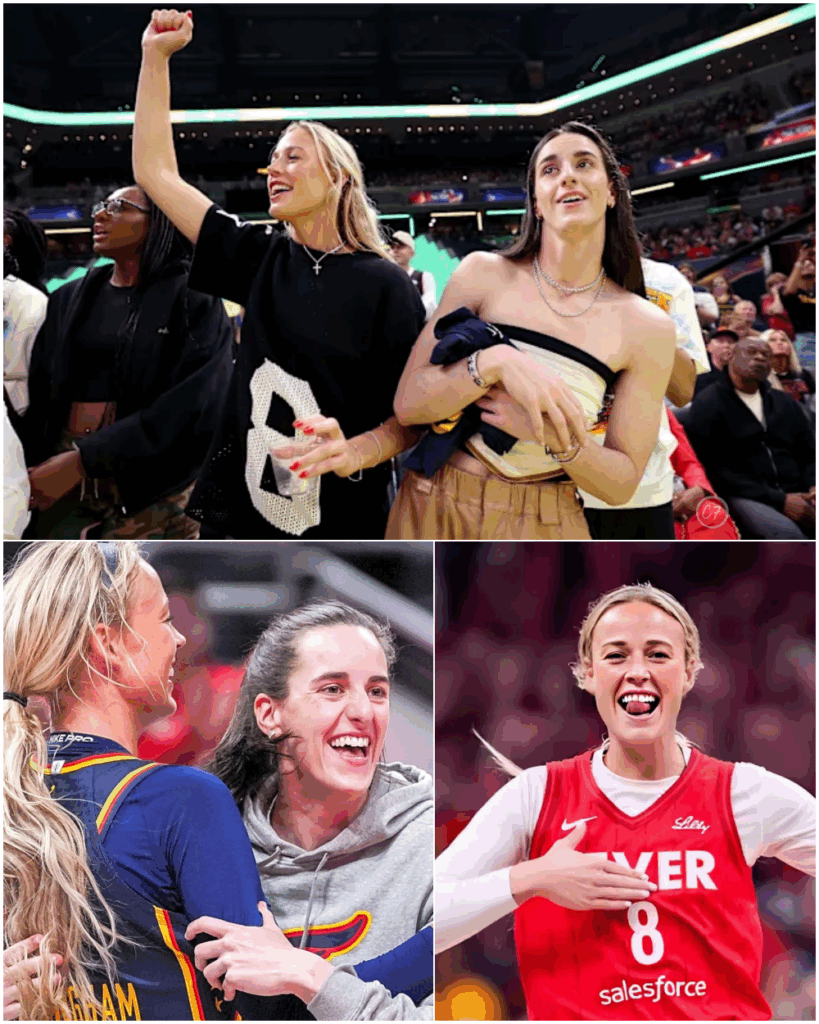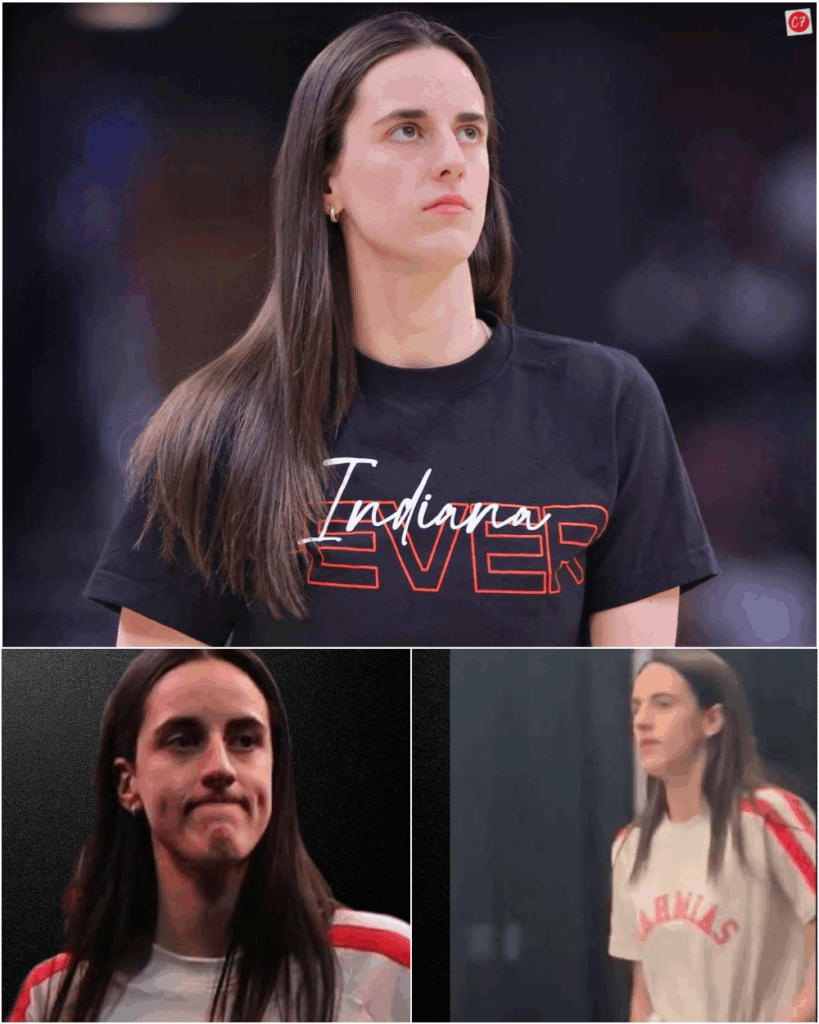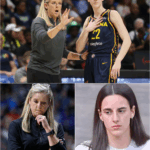Aliyah Boston FURIOUS As CORRUPT WNBA Referees RIGGED Indiana Fever Loss to Dallas Wings
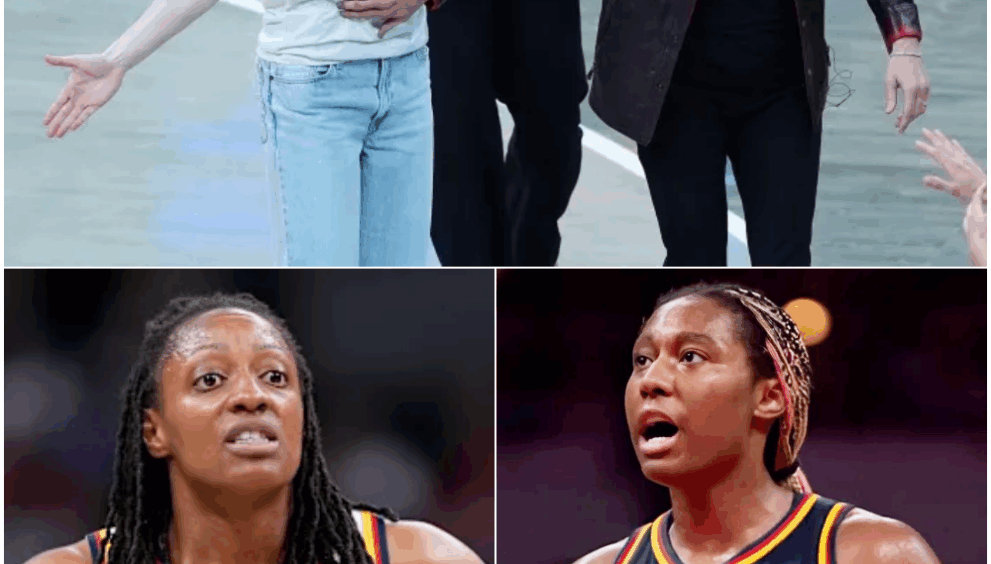

The sound cut through the arena like a blade. It wasn’t a whistle. It wasn’t the horn.
It was a voice — raw, unfiltered, impossible to ignore.
“Call it both ways!”
In that instant, everything froze. The crowd, mid-roar, seemed to choke on its own noise. Commentators halted mid-sentence. Even the Dallas Wings bench turned their heads. And there she was — Aliyah Boston, standing near midcourt, her shoulders locked, her chest rising and falling under the glare of the arena lights.
Her eyes were locked on the officials. The body language told a story no box score could: the rare mix of fury and disbelief reserved for moments when a player feels the game’s balance has been tipped by something outside the lines.
Just minutes earlier, the Indiana Fever had been on the verge of pulling off one of the most improbable comebacks of the season. Down 17 points without Caitlin Clark, without Cydney Colson, without Aari McDonald — three point guards gone in the span of weeks — they had clawed their way back into the fight.
Kelsey Mitchell, dragged out of her natural scorer’s role and forced to run the offense full-time, had poured in 24 points, threading passes through traps, curling into open threes, refusing to let go of the rope. Sophie Cunningham brought her trademark edge, jawing after big makes, diving for loose balls. Chloe Bibby stepped in cold and drilled three perfect triples in just twelve minutes, each one a gut-punch to a Dallas run.
The building shook. This wasn’t polite applause — this was full-throated, feet-stomping chaos, the kind that rattles metal railings and makes your chest vibrate.
And then the whistle came.
It happened with 3:21 left. Boston battled for deep position under the rim against Natasha Howard. Feet tangled, elbows jostled, the squeal of sneakers slicing through the din. On the replay, you could see Howard’s forearm locking Boston’s elbow, pinning it tight against her side. Boston tried to free her arm, leaning toward the pass… and froze as the whistle blew.
The foul was on Boston.
Gasps from the Fever bench. Stephanie White immediately signaled for a challenge. Even ESPN analyst Rebecca Lobo said on-air, “I expect this to be overturned.” The replay looked damning — a clear clamp, Boston’s motion restricted — but when the officials returned from review, the call stood. Indiana lost the challenge… and their final timeout.
“That’s stunning,” Lobo muttered.
Boston jogged upcourt without a word, jaw clenched, eyes unblinking. You didn’t need a caption to know what was building inside her.
It wasn’t the first questionable whistle of the night. Earlier, Cunningham had been hit with a flagrant foul on Paige Bueckers for a closeout — eerily similar to a landing space foul Bueckers herself had committed minutes before, which was also upgraded to a flagrant. Then came the breaking point: Mitchell, already carrying the offensive load, took almost identical contact on a jumper… and no call came.
The Fever bench threw their arms up. White crossed hers, pacing hard. Cunningham stood hands on hips, mouth twisting. Boston stayed anchored in the paint, her stare drilling into the officiating crew.
With 11.7 seconds left, the Fever had the ball, down one. No timeouts. Mitchell dribbled up, hesitated, rose for a contested jumper. It rimmed out. Dallas grabbed the rebound. By the time White stopped the clock, only 1.7 seconds remained. The chance was gone.
The buzzer sounded. Boston didn’t head to the bench. She strode toward the nearest official. Her voice carried across the hardwood.
“Call it both ways!”
The clip hit X within minutes. A perfect angle — close enough to read her lips, the courtside mic picking up every syllable. Slow-motion replays froze her mid-sentence, the referee’s eyes flicking away.
Hashtags ignited: #DoubleStandard, #CallItBothWays, #FeverNation.
A former WNBA forward tweeted: “Boston’s right. You can’t let that go one way and whistle it the other.”
A retired ref replied: “Heat of the moment. Fans don’t see the angles we see.”
Neither side moved an inch.
Inside the Fever locker room, the air was thick. No music, no chatter. Only the rip of athletic tape, the metallic slam of a locker door, the faint squeak of a stool leg on tile.
Boston sat in full uniform, a towel over her head, staring at the floor. Mitchell leaned back, arms crossed, eyes distant. Cunningham’s knee bounced in restless rhythm.
White entered, silent at first, then finally: “We’re not asking for favors. Just fairness.” Boston lifted her head. Her eyes were wet but steady. “Consistency. That’s all we need.”
The press room felt no lighter. White leaned toward the mic: “If you’re going to let physical play go, it has to go both ways. That’s all I’ll say.”
Boston followed, voice low but cutting through the stillness: “We just need the same standard for both sides.” She paused, letting the silence hang. “Because if tonight’s an exception… then tomorrow, nothing we do will matter.”
The Fever dropped to sixth in the standings, a half-game from the playoff cut line. Dallas, a bottom-three team, had just snatched a win Indiana couldn’t afford to lose. With only a handful of games left, every whistle would matter.
By morning, the clip of Boston’s outburst had been viewed over 4.2 million times. Sports talk shows dissected “double standards” and “unwritten rules.” By noon, an unnamed league source told one outlet the officiating crew’s performance was “under routine review.” No confirmation. No denial. Just enough to keep the fire burning.
Back at Gainbridge Fieldhouse, hours after the crowd had gone, a single spotlight still lit the hardwood. Boston walked out in sweats, a water bottle dangling from her fingers. She stopped at midcourt, staring at the frozen scoreboard — 81-80. A deep breath. A slow exhale.
She turned toward the tunnel, but just before stepping out of the light, she muttered — not for the cameras, not for the crowd — “Call it both ways.”
And with that, she was gone.
Disclaimer: The events, reactions, and descriptions in this feature are drawn from a combination of post-game interviews, widely circulated footage, and multiple independent observations. Some sequences have been presented in a continuous narrative format for clarity and pacing.
News
BREAKING: Stephen Colbert Played the Phillies Clip Right in the Middle of His Show, Making the Entire Studio Erupt… Then Suddenly Dropped a Joke That Set the Whole Nation Abuzz. No One Expected Stephen Colbert to Do This Live on Television.
The lights washed over the desk. The band hit a bright, teasing sting. Then the screen behind Stephen Colbert flashed to the viral Phillies moment—five seconds of grainy chaos that the internet had been chewing on all day. The room erupted. Whistles, whoops, the kind of laughter that makes the camera operator fight to keep […]
The Child Spoke the Truth — 7 Words That Silenced the Entire Stadium in the Phillies Incident.
The Child Spoke the Truth — 7 Words That Silenced the Entire Stadium in the Phillies Incident An alternate-angle clip from the stands has surfaced — and it is already being called the one detail the main broadcast completely missed. It lasts only a few seconds. The phone shakes. The frame is crooked. Yet for […]
Leavitt Shocked Everyone by Criticizing the Crowd, Rushing to Defend the Phillies Karen, But Just Minutes Later Karoline Wιshᴇd She Had Neνer Sρσker
“The crowd is the real problem.” One line. That was all it took to twist a stadium drama into a nationwide firestorm — and to drag Karoline Leavitt into the kind of spotlight even she couldn’t control. It began on a humid Friday night in Miami. The Phillies were facing the Marlins when Harrison Bader […]
Whoopi Goldberg Broke Her Silence on the Phillies Scandal Live on Air — One Line That Tore Social Media Apart.
The cameras rolled. The studio lights burned white. Chatter filled the air — nervous laughter from the audience, the usual banter from the panel. And then, like a blade slicing through fabric, the noise stopped. Whoopi Goldberg leaned toward her microphone. She didn’t need a warm-up. No build-up. Just six short, razor-sharp words — and […]
But What Hurt Her The Most Did Not Come From The Crowd Outside… But From The Way Those Once Closest To Her Treated Her: So Unfair!
“STOP IT NOW.” The two words sliced through the noise like a knife. A woman in a Phillies jersey finally appeared, trembling, saying she no longer dares to step outside her home. What used to be a simple walk down her street has turned into a gauntlet of strangers shouting, a “new nickname” echoing wherever […]
Karoline Lavitt Walked In With a Face Full of Power and Confidence That Made the Whole Room Pay Attention — But Just One Single Question From the Cleaning Lady Made Her Go Silent.
“Don’t be like that, Lavitt.” The words didn’t come from a rival, a journalist, or even a political heavyweight. They came from the shadows — from the corner where a cleaning lady stood quietly, unseen until she spoke. But before that moment detonated, the silence of the room had already been carved sharp enough to […]
End of content
No more pages to load
